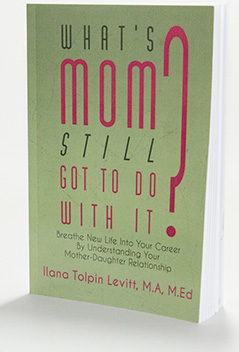I think it’s safe to say that Old Man Winter will be remembered by all who crossed paths with him this year as being particularly cantankerous. Case in point? First it snows (a lot.) Then it rains. Then it hails. Then, in case we missed it – it snows again, followed almost immediately by an ice storm. An ice storm! I’ve counted – here in the Northeast, we are up to our ninth storm and it’s only the beginning of February. For the most part, I can take most of this in stride, but, the thing which bothers me the most is the stubborn layer of ice which lies beneath all the mess.
You may ask why this, and not the shoveling and salting; the cancellations and rescheduling of clients and meetings and school and work; trying to walk out to the mailbox without slipping and falling on my behind. No, it’s the ice that I can’t take – at first glance and feel, it looks dangerous and slippery. It seems impenetrable and devious; this thing you don’t always know is even there. Is it any wonder it got me thinking about the layer all of us carry within ourselves? What is yours like? When clients move through the career development process, they are constantly working, every day, to face their fears and deal with the complexities of change. Sometimes it’s easier than you expect it would be, but then there will also be lots of time when a person simply freezes – he or she can’t move forwards or backwards. To that I say, it is simply human nature. Similar to the layer of ice beneath the snow, we don’t always know what obstacles are in our way, until we inevitably slip on it.
Your layer of ice can be fear of success, fear of failure, difficulty with change. It can be losing the last five pounds to reach your ideal weight; changing bad habits; or, having the courage to try to reach for the stars. For many people, this layer is unconscious, not visible to the naked eye (even if those eyes are open wide!) Typically, it is baggage we carry over from our childhood, and, one method for which the ice manifests itself is through unresolved conflicts in a person’s work and career. It is a large puddle of water waiting for the temperature to drop while storm clouds brew in the horizon.
When it happens, how does one chip away at the ice? Just like the work it takes to remove ice from a driveway, it’s not fun or pleasant. It requires hard work, persistence, determination and patience. Making the most of your life and career takes the same qualities; sometimes, it won’t be fun or feel good. This is a big misnomer people have when they come for career counseling or coaching. In the beginning, they are hopeful and excited; then, when faced with difficult decisions, they experience painful change and anxiety. Human nature makes us assume that things that feel bad are bad for us. This is not always true. Sometimes, the best decisions and transitions – the right decisions and transitions – are the hardest and most difficult things to do or say. You feel terrible when you’re caught up in the doing or saying, but once it’s been said or done, it never felt more right. Consider the mother who decides to put her career on hold in order to stay home with her new baby, or the employee who turns down a big promotion because they know they won’t respect their new manager. These choices have consequences to consider but the pain is in the decision and transition, not the ultimate outcome.
It pays for all of us to get to the bottom layer, both in the clean up of storms and in pushing through personal obstacles to get to much-needed change. More often than not, our own nature will not make it easy to get there. You can wait for the ice to eventually melt, or, for spring to arrive. But that is a passive approach. Imagine if this were the weather emergency plan used by your town or city? How much damage would be inflicted on its residents? I urge you to look at you underlying ice layer and try to remove it… Stay warm and safe. I promise you that this winter, too, shall pass.
Edited by Annie Wong


